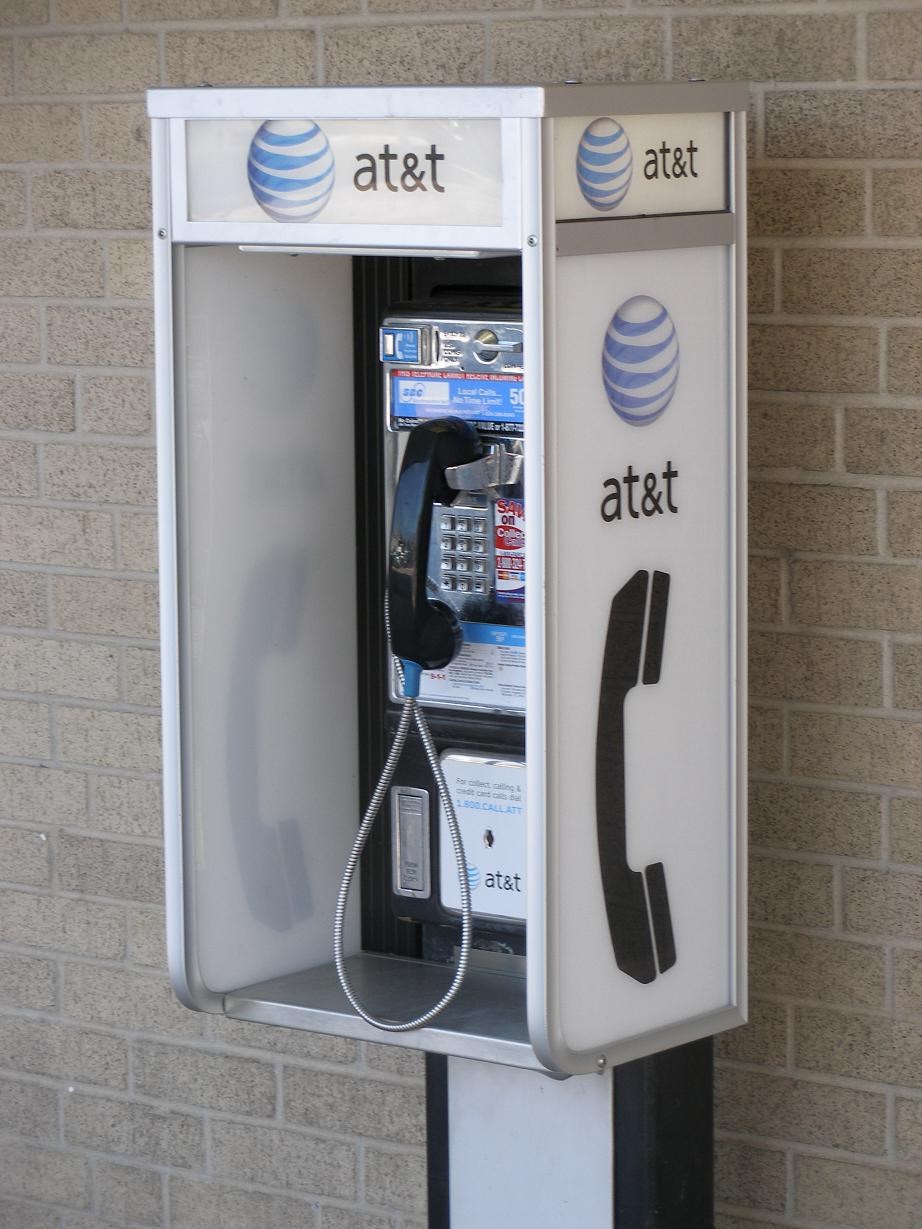It almost feels like the end of an era. No more begging and scraping for quarters when you’re out with friends and have to call home. No more using payphones to make crank phone calls. With the advent of cell phones, payphones have become all but obsolete, as is evidenced by the survival of only one lone payphone in at least 200 Saskatchewan communities.
“The number of phones we have in the province has significantly reduced,” said Michelle Englot, director of external communications at SaskTel. “We had 5,300 in 2005, now we currently have just over 1,500. This is because there has been increased competition from alternative technology and companies.”
Namely, cell phone companies. Recent surveys done by the Canadian Radio-television and Telecommunications Commission (CRTC) showed that only 32 per cent of Canadians used a payphone at least once in the last year, which was a 18 per cent drop from the report done in 2004. It’s no wonder phone companies are ready to pull the plug on these antiquated machines. Even companies that produce the product are looking to get out nationwide.
Regardless, the CRTC says that payphones still fill a need. They’re not there to be people’s main medium of communication; they’re there for the people who are without alternative options and are in need of a telephone. As such, the CRTC is proposing putting more safeguards in place to protect against a community from removing the last payphone in their region.
“There is a currently a moratorium about the removal of the last payphone in a community,” said Englot. “The CRTC has to approve the removal, then go through an appropriate notification process in the community.”
The CRTC is also looking at making the geographic areas for the last payphone smaller, which means that more payphones will be eligible for that suspension. They’ll also be kept in high traffic areas such as malls, hospitals, and downtown cores. Hospitals in particular are known for having people walk in without a cellular device.
“Because it’s regulated, the CRTC has indicated that they still feel that the payphone plays an important role because of accessibility, so it is definitely something that will continue to be used as a last resort in times of emergency,” said Englot.
They may be either romanticized or ignored by adults now, but Englot says that each phone can cost more to maintain than they’re worth. They often incur extraneous costs because they’re susceptible to vandalism. Eventually, Englot said they’ll remove the phones if they continued to sit unused and vandalized.
“We realize that for some people, it’s an essential service. We always take that into consideration when we remove one,” she said.




